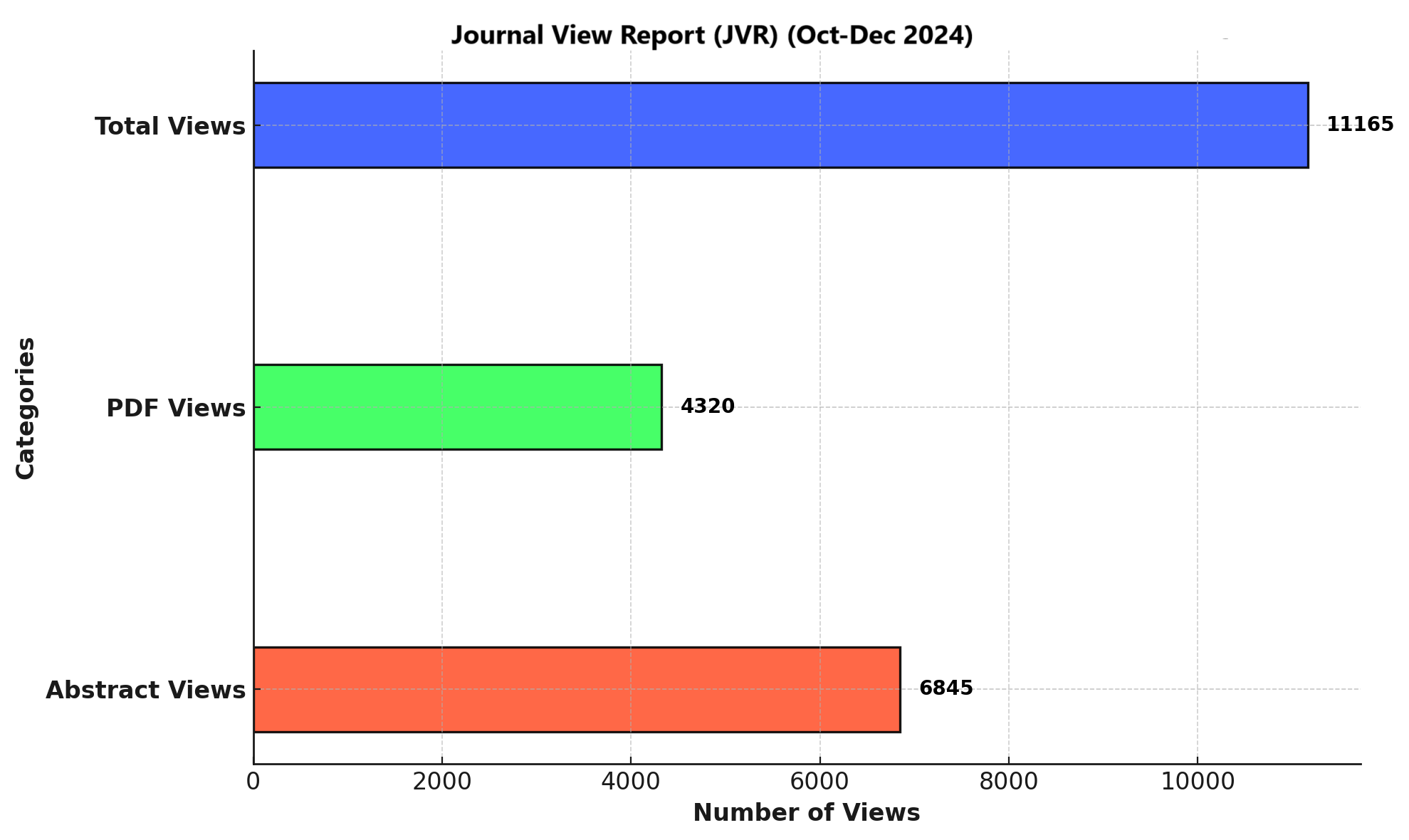A CROSS-SECTIONAL STUDY TO EVALUATE DOOR-TO-ECG TIME IN PATIENTS PRESENTING WITH CHEST PAIN IN EMERGENCY DEPARTMENT OF A TERTIARY CARE HOSPITAL OF PAKISTAN
DOI:
https://doi.org/10.71000/10szsj89Keywords:
cardiac chest pain, acute coronary syndrome, door-to ECG time, Diagnosis, Electrocardiography, Emergency Medical Services, Time-to-TreatmentAbstract
Background: Prompt diagnosis and management of acute coronary syndrome (ACS) is vital to reducing morbidity and mortality. The American College of Cardiology (ACC) and American Heart Association (AHA) recommend that patients presenting with chest pain suggestive of ACS should undergo an electrocardiogram (ECG) within 10 minutes of arrival at the Emergency Department (ED). While this benchmark is crucial for ST-elevation myocardial infarction (STEMI), limited data exist on its impact for non-ST-elevation myocardial infarction (NSTEMI). Timely ECG acquisition remains a cornerstone of early ACS care.
Objective: To assess compliance with the ACC/AHA recommended door-to-ECG (D2E) time of ≤10 minutes among patients presenting with chest pain suggestive of ACS in a tertiary care emergency department.
Methods: This was a prospective, cross-sectional, non-interventional, observational analytical study conducted at the ED of Combined Military Hospital (CMH) Rawalpindi from July to December 2023. A total of 139 adult patients (aged ≥18 years) presenting with acute, atraumatic chest pain suspected to be cardiac in origin were included through consecutive non-probability sampling. Patients with pre-arrival ECG or trauma-related chest pain were excluded. Data were recorded in real time by attending physicians using a structured proforma. Door-to-ECG time was calculated in minutes, and data were analyzed using SPSS v20.
Results: The mean D2E time was 15 minutes, with a range of 3–59 minutes. Only 32% (n=45) of patients met the ≤10-minute target. Specifically, 12.23% (n=16) had D2E <5 minutes, 19.42% (n=27) between 6–10 minutes, 25.89% (n=36) between 11–15 minutes, 23.02% (n=32) between 16–20 minutes, and 16.54% (n=22) had D2E >20 minutes. The most common causes of delay were ED overcrowding, triage prioritization issues, and lack of awareness among healthcare staff.
Conclusion: Only one-third of patients achieved the recommended D2E benchmark of 10 minutes. The primary contributors to delay were systemic and operational challenges, emphasizing the need for structured interventions to improve timely ECG acquisition in suspected ACS cases.
Downloads
Published
Issue
Section
License
Copyright (c) 2025 Zeeshan Munir, Tamkeen Pervez, Aqsa Sajjad Bhatti, Iqra Janjua (Author)

This work is licensed under a Creative Commons Attribution-NonCommercial-NoDerivatives 4.0 International License.







